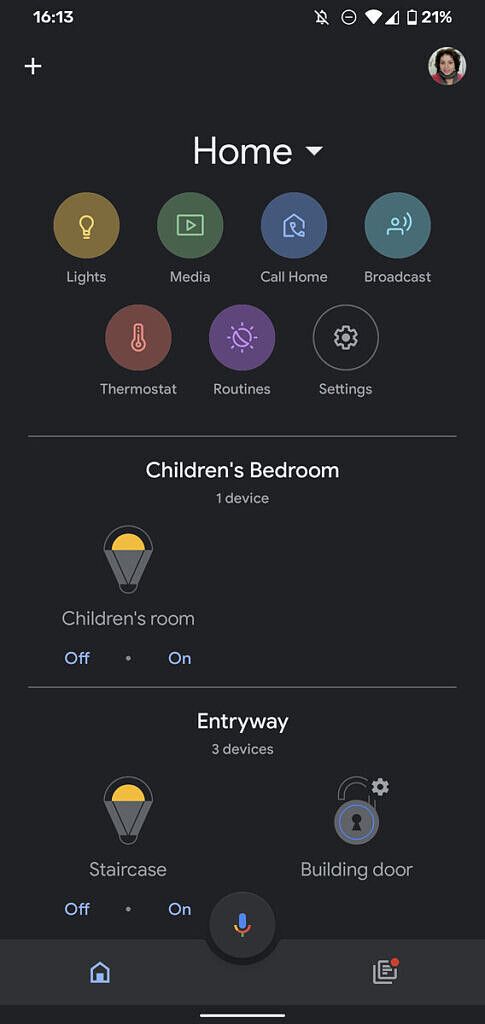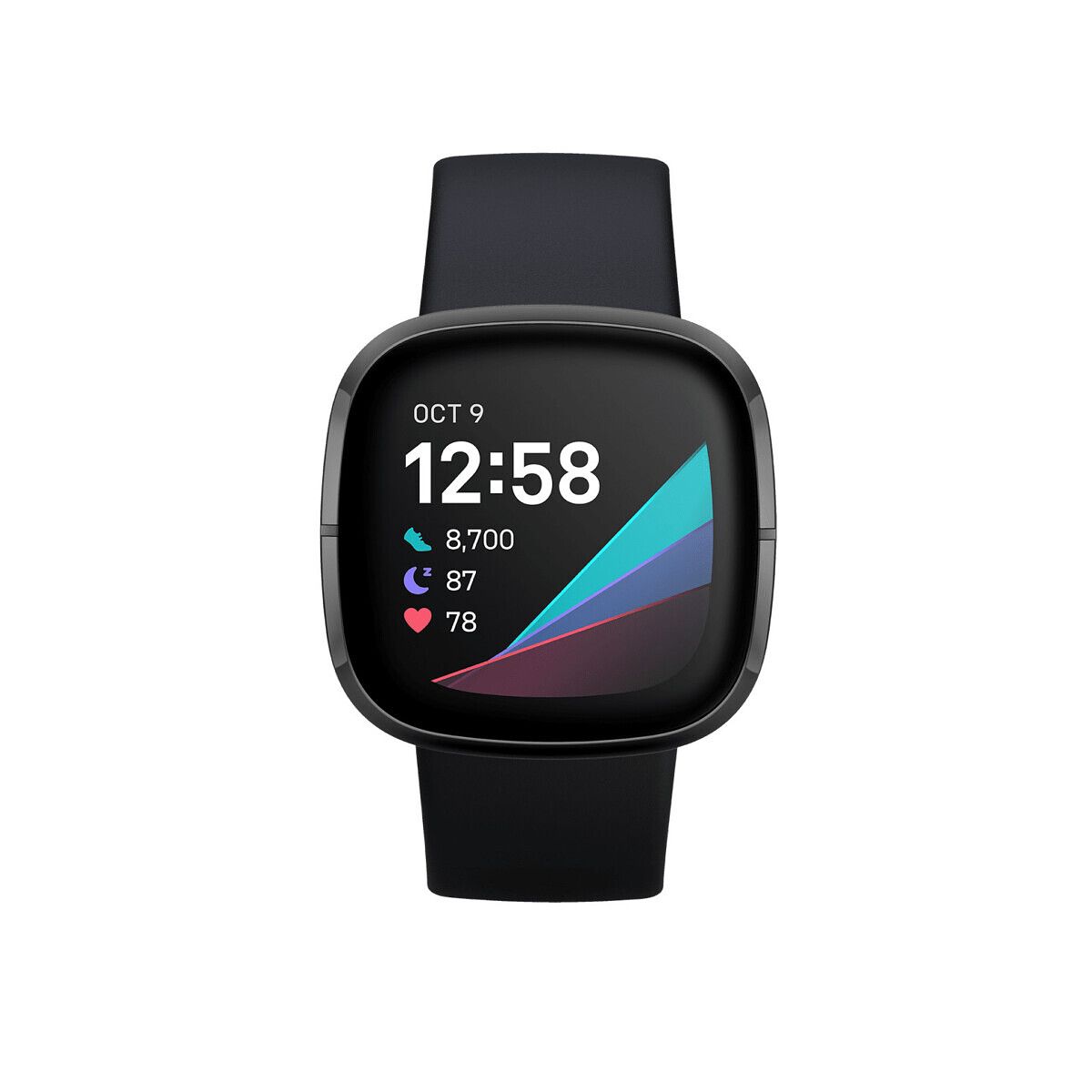The LG Wing is an upcoming dual-screen smartphone from the South Korean manufacturer, which first popped up online earlier this year in May. Unlike other dual-screen devices in the market today, the LG wing features a swiveling 6.8-inch main display that can be rotated to reveal a second 4-inch display hidden underneath. While LG is yet to reveal any information about the device, a video showcasing the LG Wing in action has now surfaced online.
The folks over at Android Authority have managed to procure exclusive footage of the LG Wing in action, which gives us our first look at the crazy dual-screen smartphone. As you can see in the attached video, the LG Wing can be used in the portrait orientation with the second display open on the side to show additional information. In this instance, the main display on the device is being used to display navigation info, while the second display shows the music player and an incoming call.
Accepting the call replaces the music player UI with the phone UI on the second display, without interfering with the navigation UI on the first display. This is one of the many ways the second display on the LG Wing can come in handy. The leaked image that we saw previously shows another use case, in which the second display is being used in the portrait orientation and it displays the keyboard, while the first display is in the horizontal orientation. Thanks to this unique approach, the LG Wing doesn’t feature a notch or a hole-punch cutout for the selfie camera.

While the video doesn’t show the swiveling mechanism in action, we suspect that it may work like the mechanism on the LG V9000. The video also doesn’t reveal any information about the device’s hardware, but previous leaks suggest that it will be powered by a Qualcomm Snapdragon 700 series processor with 5G capabilities. The device is also expected to feature a triple camera setup on the back, with a 64MP primary sensor. LG is scheduled to announce the smartphone in the coming months and it will have a price tag close to 1 million Won (~$842).
Source: Android Authority
The post Here’s our first look at LG’s crazy dual display “Wing” smartphone appeared first on xda-developers.
from xda-developers https://ift.tt/2YBdDuH
via IFTTT














